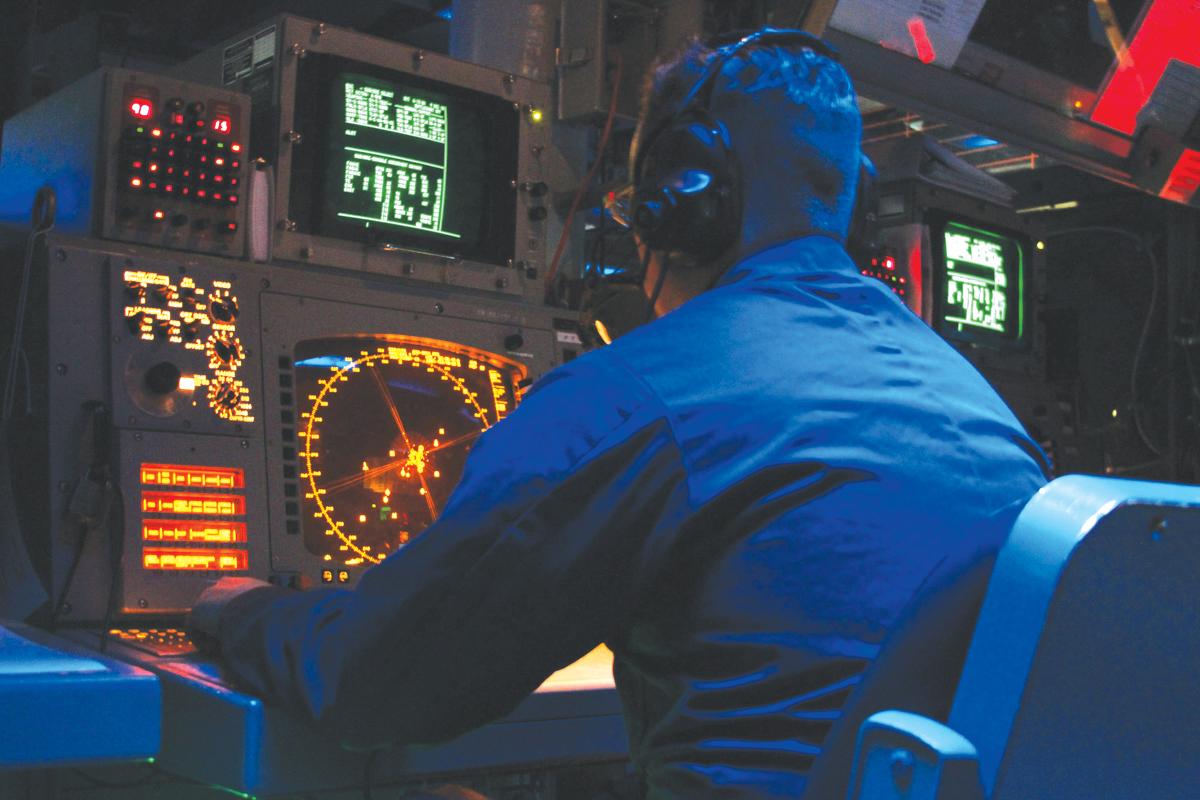The Navy is moving toward designating a single combat-systems engineering agent (CSEA) for all surface combatants: Aegis cruisers and destroyers, littoral combat ships, and the future frigate, now called FFG(X). The combat system is the architecture of computer hardware and software that manages shipboard weapons and sensors. Eventually, combat systems will be integrated with ship power-generation systems. The plan is to award a series of contracts to get to a single CSEA by 2024.
“Systems engineering” and “systems integration” long have been critical priorities for Navy surface-ship program managers. The Navy seeks the graceful melding, through sophisticated hardware and software, of systems that have grown vastly more capable—and more complex and expensive—in recent decades.
The CSEA awards initially will attempt to consolidate software programs for the Aegis, FFG(X), and littoral combat ship (LCS) combat systems. They might also encompass ships of the five international navies that use the Aegis system (Spain, Norway, Japan, Australia, and South Korea).
The systems engineering campaign goes back years. In the late 1990s, the Navy began pushing Lockheed Martin and Raytheon to integrate the functions of the Raytheon-built USG-2 cooperative engagement system (CEC) with Lockheed Martin’s Aegis, on board Ticonderoga-class cruisers and Arleigh Burke–class destroyers. However, interoperability testing on board the cruisers Hue City (CG-66) and Vicksburg (CG-69) in 1998 revealed serious incompatibilities between Aegis and CEC software. CEC is intended to link data from shipboard, airborne, and shore sensors to produce a composite data picture of airborne target tracks that can be shared by a network of CEC participants.
A March 2001 CEC technical evaluation indicated substantial progress in resolving the interoperability problems. Two months later, CEC successfully completed its operational evaluation.
Today, thanks to intense and costly engineering and testing, the Aegis-CEC and other combat systems interoperability challenges have been largely resolved.
This past August, Lockheed Martin’s Rotary and Mission Systems unit won a $55.9 million contract to act as the CSEA for the ship self-defense system (SSDS), the combat system used by aircraft carriers and amphibious assault ships (LHDs and LPDs). The work covers development of SSDS computer programs and related engineering and logistics tasks. The company will manage the in-service SSDS configurations and adapt and integrate new capabilities.
Jim Sheridan, Lockheed Martin vice president for naval combat and missile-defense systems, says the company will deliver the first product, called Advanced Capability Build 20, in July.
He says the SSDS work will derive capabilities from the Navy’s common source library (CSL), a repository of combat systems programs for all Aegis baselines the company maintains for the Navy.
In June 2019, Naval Sea Systems Command awarded Lockheed Martin a $7.1 million contract for combat system integration and testing for the FFG(X). The company is also the systems integrator for Aegis for all six Aegis navies. The combat systems on board the LCSs and the Coast Guard’s national security cutters also are based on Aegis.
Navy and industry officials have said that the use of CSL programs is a critical step in moving to a single integrated combat system. But the CSL programs need a common computer hardware infrastructure.
One possible solution to the wide variety of hardware is “virtualization,” which can allow hardware to run programs designed for other systems. During a March 2019 missile-launch test, the USS Thomas Hudner (DDG-116) demonstrated so-called virtual twin computers, compact processors that emulate the functions of the larger legacy Aegis computers and can run the CSL programs.
“Virtual” computing, officials say, would enable employment of the ready-to-use CSL programs and avoid the prohibitively expensive replacement of already fielded hardware.



